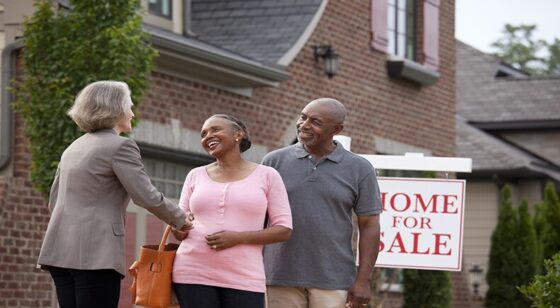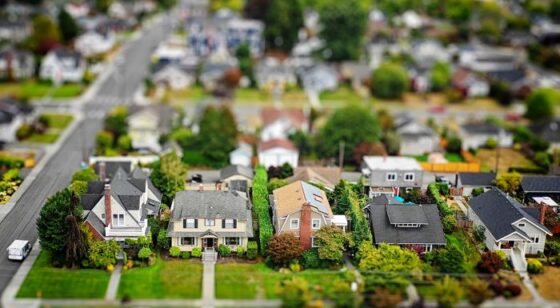AARP Eye Center
Trend Snapshot
Shifting demographic trends, including Americans living longer and healthier lives, will lead to changing housing preferences and needs as Americans seek to accommodate different family structures and varying abilities. By 2034, older adults 65+ will outnumber children 18 and younger for the first time in history. The United States is also becoming more diverse, with increasing numbers of Americans identifying as members of communities of color.
The share of adults living alone increases sharply with age, which means communities will experience dramatic increases in the number of older adults living by themselves. In 2019, 2 million households headed by adults aged 65-79 (and another 1.5 million headed by adults over 80) reported having difficulty navigating or using their homes. Yet, amid this sea of change, our existing housing stock has remained relatively stagnant, often prioritizing the production and preservation of single-family homes, developed with the nuclear family in mind. In spite of this, individuals are typically reluctant to plan to make home modifications so that their homes will meet their future mobility needs. Without consideration of these changing demographics, the mismatch between housing supply and consumer needs will widen, leaving many older adults with a sub-optimal housing options.





































































